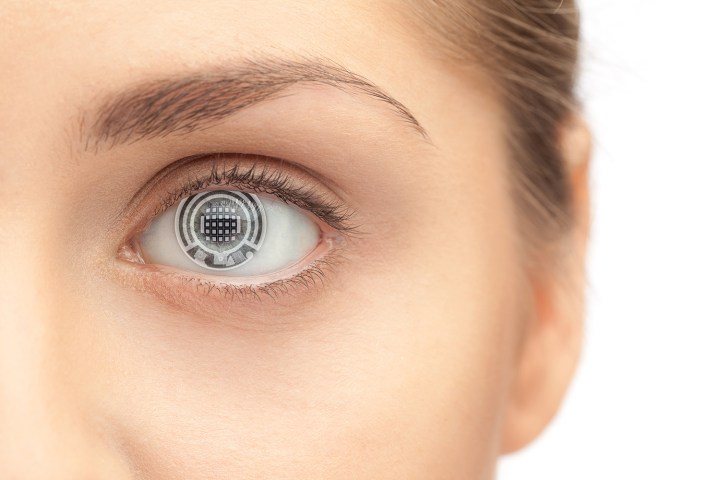
Engineers at Oregon State University are working to embed transparent sensors into contact lenses, which could then monitor biomarkers to track drug use, blood glucose levels, or even detect early signs of cancer.
“My group had been working on a different technology for glucose sensing … which is similar to what is used for glucose test strips,” Greg Herman, a chemical engineer who is leading the research, told Digital Trends. “On a separate project, we were working on transistors that can be transparent. It came to me that we could modify the transistor to be a sensor and make it fully transparent.” The step from conception to creation came quickly, he added.
In order to design the biosensors, Herman referred to indium gallium zinc oxide (IGZO), a compound he invented with some colleagues years ago while working in industry. IGZO has already revolutionized touchscreen sensitivity.
Instead of offering consumers higher resolution devices, Herman’s new use for IGZO enables continuous glucose monitoring by carrying an enzyme that reacts with glucose to change the lenses conductivity and signal a patient’s glucose level.
“The thought with the contact lens is that it will give diabetic patients more flexibility in managing their glucose levels,” he said.
Over 2,500 different biosensors could theoretically be embedded in a 1mm square of these contact lenses, according to Herman, detecting things like uric acid levels and cancer biomarkers. However, such a device is still some years off.
“We are still in the early stages, and it is difficult to say how long it will be before they are available commercially,” he said. “We have talked to a couple companies, and are hoping to work with them to accelerate the technology.”
Herman presented his research this week at a meeting of the American Chemical Society.


